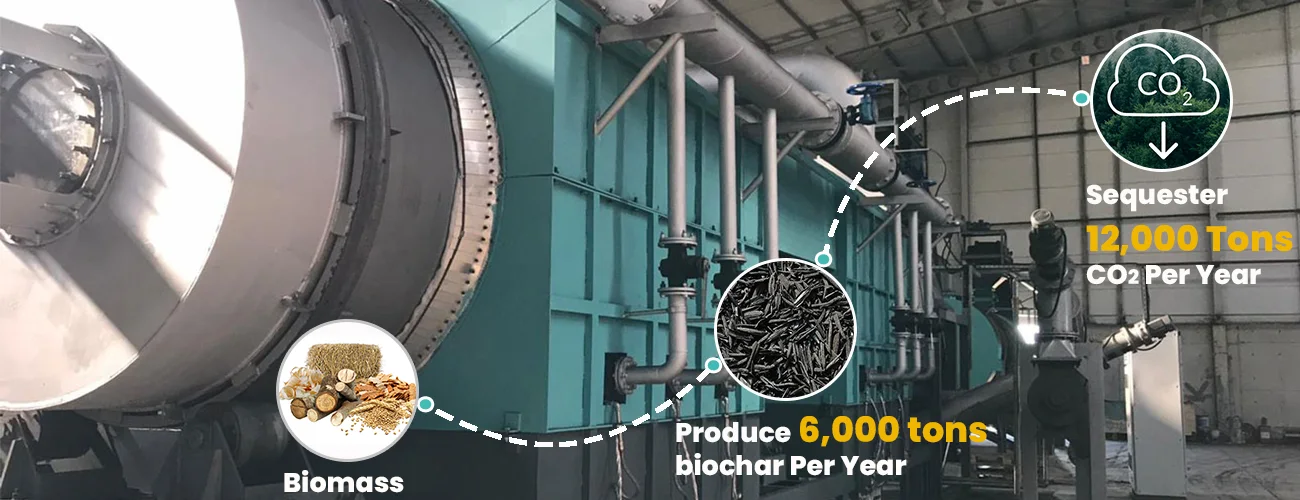Mould technology plays a critical role in the efficiency, precision, and durability of pulp molding systems. In the production of beverage carriers, particularly those manufactured by a coffee cup tray machine, advances in mould design have led to significant improvements in product uniformity, material utilization, and cycle time reduction.
Enhanced Material Composition for Mould Longevity
Traditional moulds, often made from aluminum or low-grade alloys, experience progressive wear due to continuous exposure to high-pressure vacuum forming and thermal stress. Modern pulp molding machine manufacturers have introduced high-density stainless steel and composite alloys with superior corrosion resistance. These materials extend mould lifespan, minimizing deformation and ensuring consistent product dimensions over extended production cycles.
Additionally, non-stick coatings such as Teflon or ceramic-infused layers have been integrated into mould surfaces. These coatings reduce fiber adhesion during the forming process, allowing for smoother ejection of finished trays. This not only enhances productivity but also reduces the need for frequent mould cleaning and maintenance.
Precision Engineering for Dimensional Accuracy
Dimensional accuracy is paramount in coffee cup tray machine operations, as even slight deviations can compromise product functionality. Advanced computer numerical control (CNC) machining enables the fabrication of moulds with micro-tolerance precision.
Optimized cavity geometry ensures uniform pulp distribution, eliminating weak points in the structure. Moreover, modern moulds incorporate strategically positioned venting channels that facilitate moisture evacuation during the forming process. This reduces drying time and prevents warping, resulting in structurally robust trays with minimal defects.
Modular and Interchangeable Mould Configurations
Production flexibility is increasingly essential in large-scale manufacturing. Traditional fixed-design moulds limit adaptability, requiring costly replacements for design modifications. The latest mould systems feature modular configurations that allow quick interchangeability of cavity inserts.
By utilizing standardized mould bases with adjustable inserts, manufacturers can swiftly adapt to varying tray specifications without extensive downtime. This innovation not only reduces tooling costs but also enhances machine versatility, enabling the production of different tray designs within the same coffee cup tray machine framework.
Integration of 3D Printing in Prototyping
The adoption of additive manufacturing has revolutionized mould prototyping. 3D printing allows for rapid development and testing of new mould designs before full-scale metal fabrication. This accelerates innovation by enabling iterative refinements, ensuring that final moulds meet exacting performance standards.
Advanced polymer-based prototypes can simulate real-world forming conditions, providing valuable insights into pulp flow dynamics and pressure distribution. By identifying potential flaws early in the design phase, manufacturers can optimize mould configurations for improved efficiency and product quality.
Conclusion
Advancements in mould technology have significantly enhanced the capabilities of a coffee cup tray machine, driving improvements in durability, precision, and operational flexibility. The incorporation of high-performance materials, precision machining, modular configurations, and 3D-printed prototyping has redefined production efficiency. As the demand for sustainable beverage carriers continues to grow, these innovations ensure that manufacturers can meet industry standards while maintaining cost-effective, high-quality output.



No comments:
Post a Comment